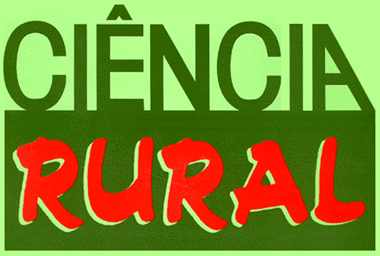RESUMO:
As espécies pertencentes ao gêneroRhipicephalus (Boophilus) são carrapatos monoxenos de distribuição sazonal em regiões tropicais e subtropicais. Por muito anos, duas espécies de carrapatos foram consideradas comoRhipicephalus microplus.Contudo, estudos recentes reclassificaram esse carrapato em duas espécies: R. micropluseR. australis. Em razão de diversas semelhanças entre R. micropluse R. australis,distinguir essas duas espécies torna-se uma tarefa árdua, o que explica as mudanças de classificação dessas espécies nas últimas décadas. O reaparecimento da espécieR. australissurge com novas pesquisas, resultado de uma melhor caracterização dessas prováveis espécies crípticas. Evidências baseadas em análises das características morfológicas, na ausência de co-especificidade, em marcadores de microssatélites, no DNA ribossomal mitocondrial 12S e 16S, assim como no genoma mitocondrial, suportam a re-classificação deR. micropluscomo duas espécies distintas. Nesse sentido, populações deR. microplusda Austrália, Camboja, Nova Caledônia, Bornéo, Filipinas, Nova Guiné, Indonésia e Taiti foram recentemente renomeadas comoR. australis. Além disso, um melhor entendimento sobre a especiação e localização dessas duas espécies pode trazer avanços importantes para melhorar as estratégias de controle desses carrapatos.
Palavras-chave:
Rhipicephalus
;
Boophilus
;
microplus
;
australis
; taxonomia.

 Uma revisão sobre duas espécies distintas de Rhipicephalus: R. microplus e R. Australis
Uma revisão sobre duas espécies distintas de Rhipicephalus: R. microplus e R. Australis